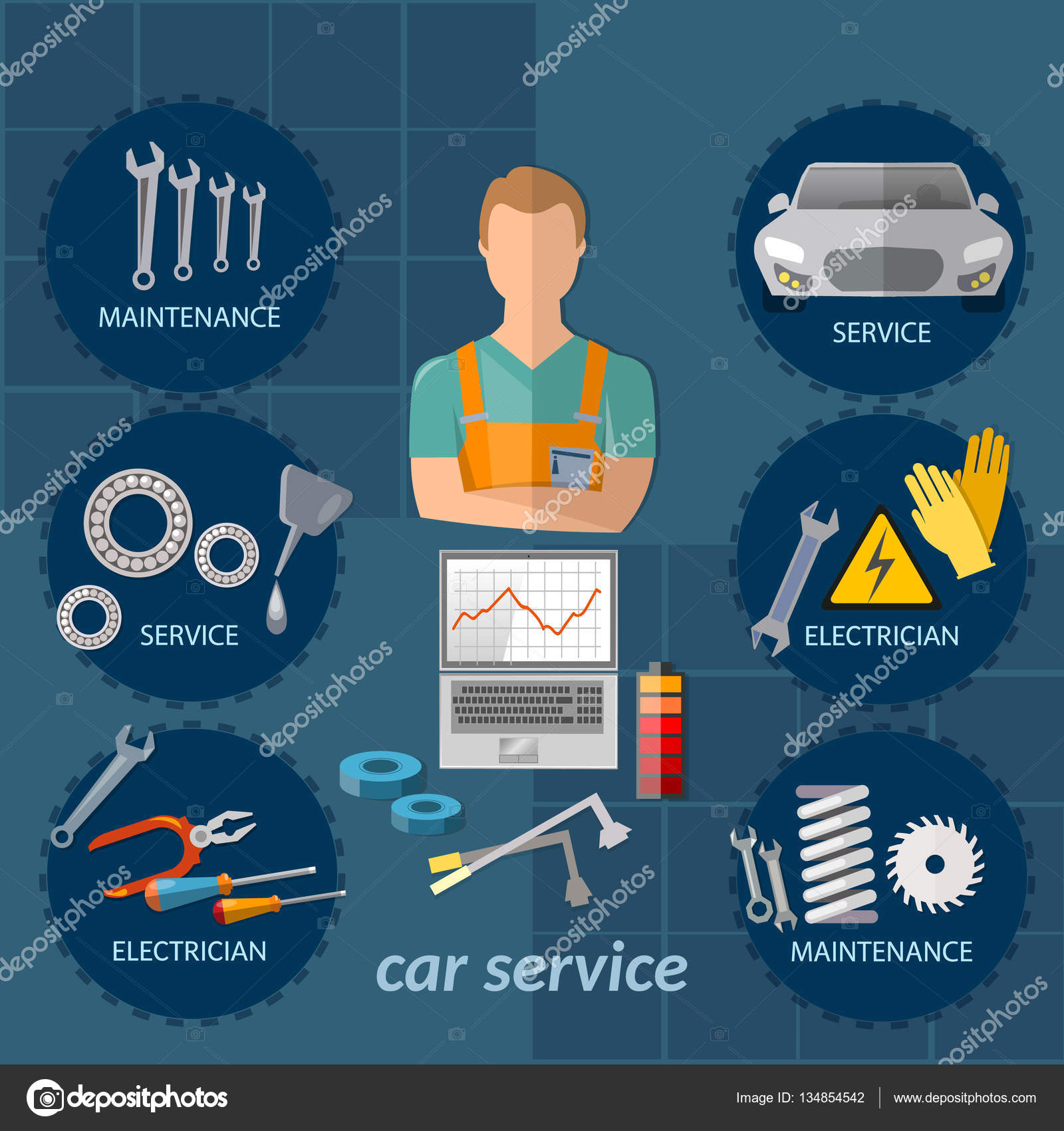Deciphering Your Automobile'S Caution Indicators: What They Absolutely Indicate
Deciphering Your Automobile'S Caution Indicators: What They Absolutely Indicate
Blog Article
Web Content Create By-Hartley Torres
When you lag the wheel, those radiant warning lights on your dashboard can be a bit complicated. Do you understand what they're trying to inform you regarding your cars and truck's health and wellness? Understanding the relevance of these lights is essential for your security and the long life of your lorry. So, the next time among those lights pops up, would not you intend to understand its message properly and take the required actions to address it?
Common Caution Lighting and Interpretations
Identify common caution lights in your cars and truck and comprehend their meanings to guarantee risk-free driving.
The most regular caution lights consist of the check engine light, which signals problems with the engine or exhausts system. If this light comes on, it's essential to have your lorry examined immediately.
The oil stress advising light indicates reduced oil stress, requiring prompt interest to prevent engine damage.
A blinking battery light may suggest a defective charging system, possibly leaving you stranded if not resolved.
The tire stress monitoring system (TPMS) light signals you to reduced tire pressure, influencing automobile security and fuel performance. Overlooking this can bring about risky driving problems.
The abdominal light indicates a problem with the anti-lock stopping system, compromising your capacity to quit rapidly in emergency situations.
Lastly, the coolant temperature level advising light warns of engine overheating, which can result in serious damage otherwise solved swiftly.
Comprehending these typical warning lights will aid you resolve problems immediately and preserve risk-free driving conditions.
Relevance of Prompt Attention
Understanding the common caution lights in your vehicle is only the initial step; the importance of quickly resolving these cautions can not be stressed enough to guarantee your safety on the road.
When a warning light brightens on your control panel, it's your auto's means of connecting a possible issue that requires focus. Ignoring https://brake-change-cost39516.kylieblog.com/30434606/the-progression-of-automobile-detailing-methods-throughout-the-last-ten-years can cause a lot more severe problems in the future, compromising your security and potentially costing you much more in repairs.
Trigger focus to alerting lights can avoid break downs and accidents. For instance, a blinking check engine light might suggest a misfire that, if left unattended, could create damages to the catalytic converter. Resolving this quickly can conserve you from a pricey repair.
In a similar way, a brake system advising light could signal low brake fluid or worn brake pads, crucial components for your security when driving.
Do It Yourself Troubleshooting Tips
If you observe a caution light on your control panel, there are a few DIY repairing pointers you can try prior to looking for expert aid.
The very first step is to consult your car's manual to understand what the details caution light indicates. In dirty detailing can be as straightforward as a loose gas cap setting off the check engine light. Tightening the gas cap might solve the problem.
An additional typical concern is a low battery, which can trigger numerous warning lights. Inspecting the battery links for deterioration and ensuring they're secure could take care of the problem.
If a warning light lingers, you can try resetting it by disconnecting the auto's battery for a couple of minutes and then reconnecting it. In addition, inspecting your lorry's fluid levels, such as oil, coolant, and brake fluid, can aid fix warning lights connected to these systems.
Final thought
To conclude, understanding your car's warning lights is necessary for maintaining your vehicle running efficiently and securely. By quickly dealing with these alerts and knowing what they suggest, you can avoid expensive repair services and possible breakdowns.
Keep in mind to consult your auto's handbook for particular information on each alerting light and act as necessary to make certain a hassle-free driving experience.
Stay notified, stay risk-free when traveling!
